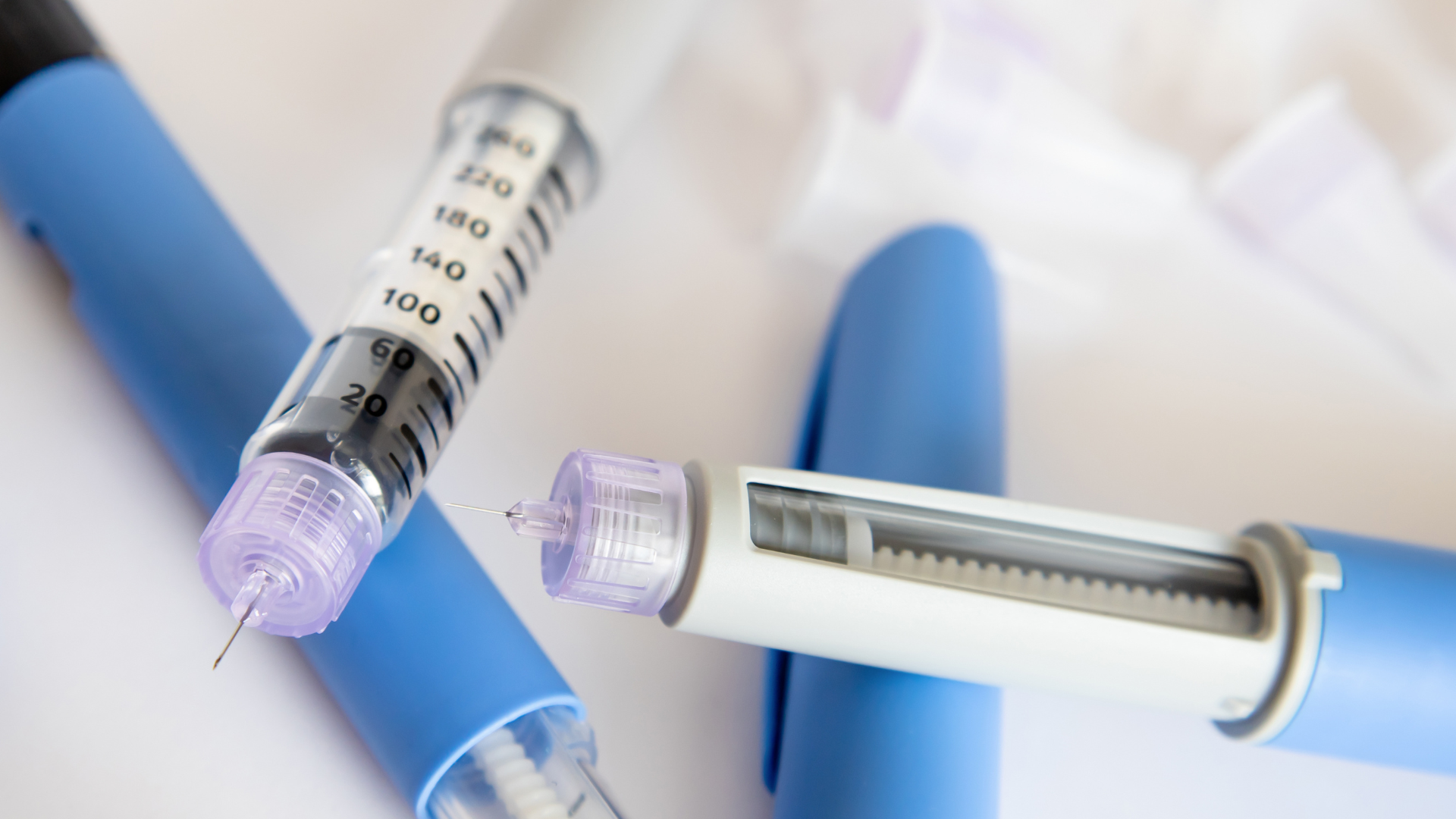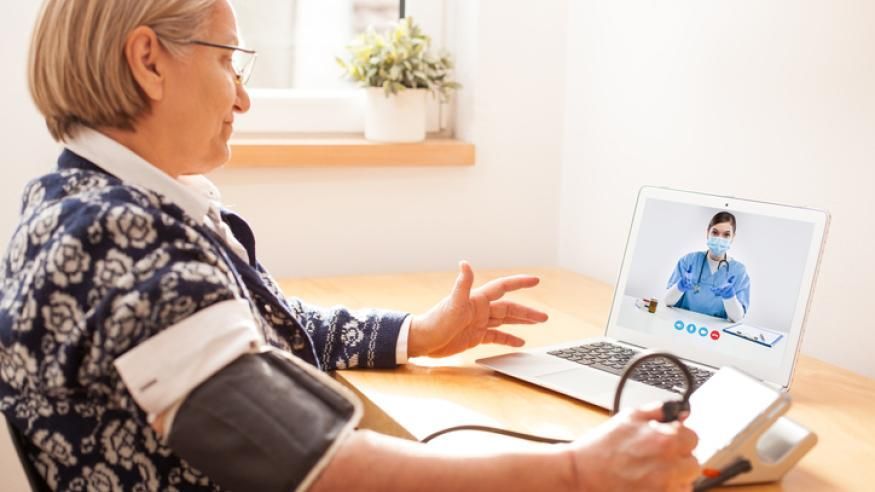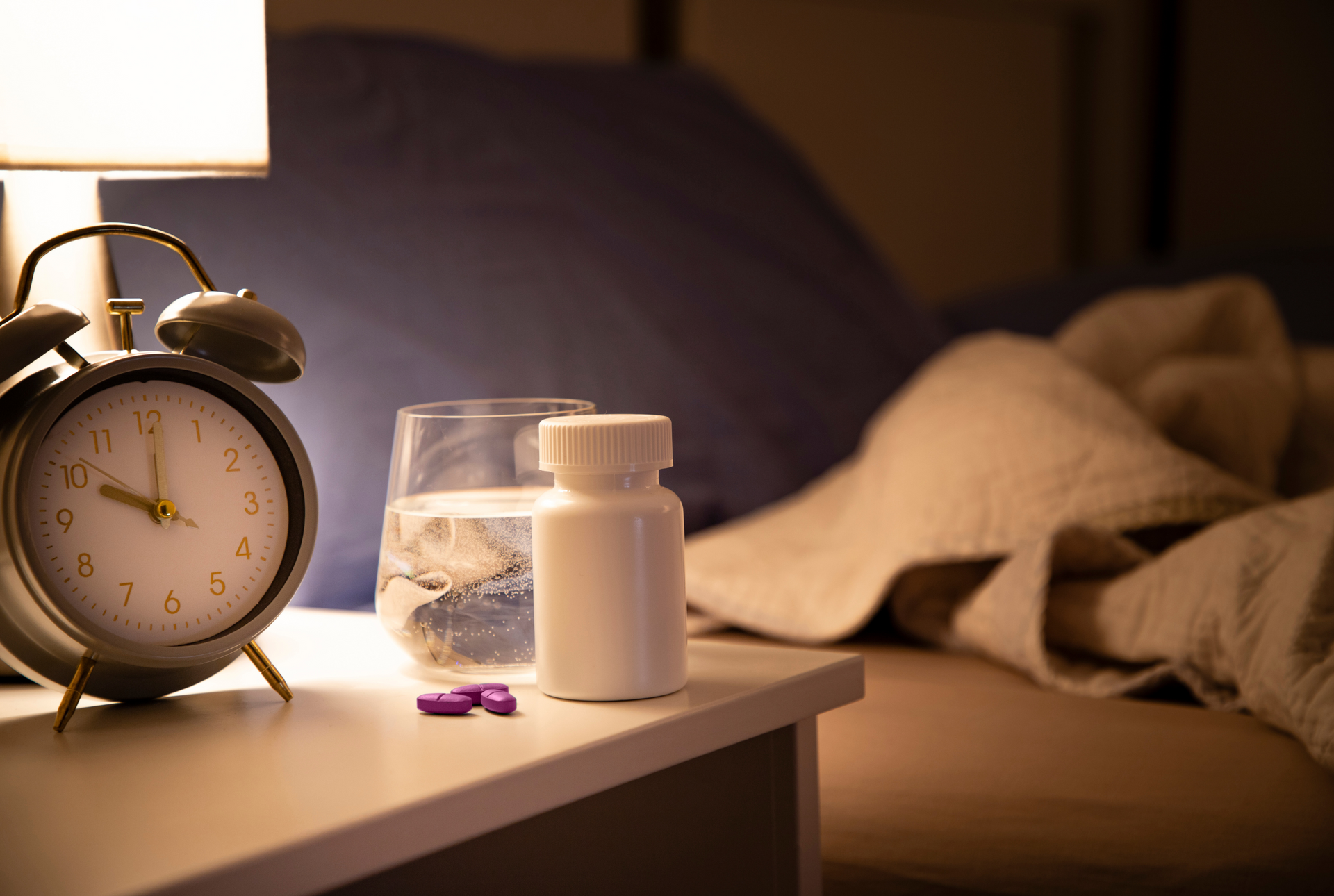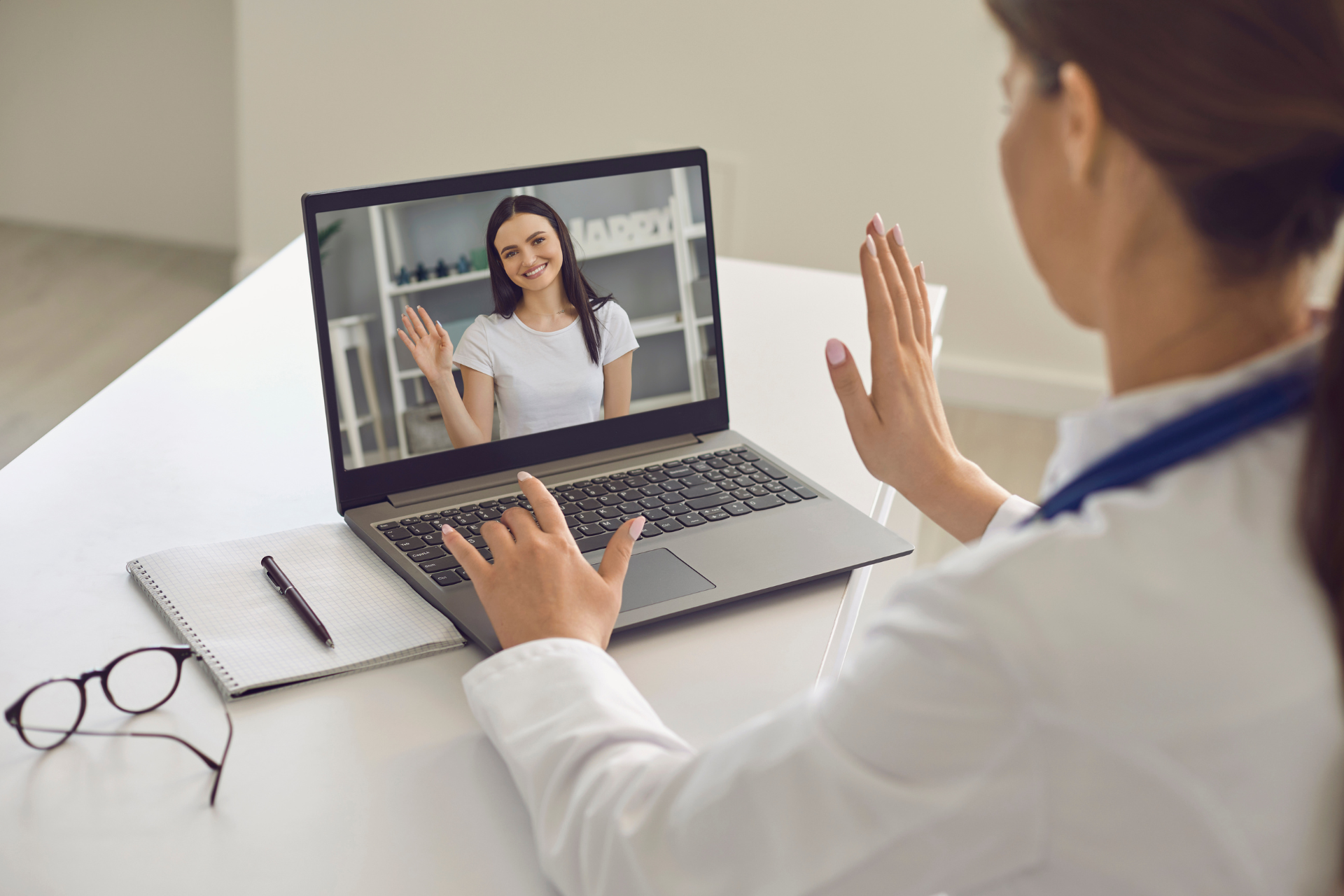COVID-19: Boosters, Variants, and Precautions To Take

After a summer reprieve, COVID-19 cases are on the rise again. Here’s what you need to know heading into the fall, including a look at the latest variants and upcoming boosters.
With school back in session and the fall flu season fast approaching, it’s more important than ever to be prepared for a new wave of COVID-19 infections.
Since people with diabetes are at greater risk of severe complications from COVID-19, it’s extra important to stay on top of the latest research, know your risk, and what to do about it.
Emerging Omnicron variants
It seems like every month there's a new COVID-19 variant, which can make things a little hard to keep up with. Earlier this year, new variants of Omnicron dubbed FLiRT strains were identified, accounting for the majority of COVID-19 infections this summer in the U.S.
KP.2, KP.2.3, KP.3, and KP.3.1.1 are all types of FLiRT variants circulating right now. KP.3.1.1 appears to be the most dominant, accounting for roughly 37% of new COVID-19 cases in the U.S. Another strain that also emerged this summer is LB.1, which is not a FLiRT variant but similar.
Last summer, the most dominant COVID-19 strains were Eris (EG.5) and Pirola (BA.2.86). While all these new strains sound alarming, it's natural for viruses to mutate, and COVID-19 is no different.
The good news is that all these mutations don't necessarily cause more severe infections, but certain strains could transmit faster or be better at dodging the body's immune response after infection. Researchers are working hard to understand what this means for prevention, vaccination, and treatment.
The CDC and WHO are monitoring variants closely; check out the CDC's COVID Data Tracker to keep up with the latest variants.
What does the latest research say about COVID-19 and diabetes?
Since the early days of the pandemic, diabetes, obesity, and other chronic health conditions have been linked to more severe COVID-19 infections. Age is also an important risk factor to consider.
“COVID-19 can still be serious, particularly in seniors,” said Dr. Anne Peters, professor of medicine at the Keck School of Medicine of USC and director of the USC Clinical Diabetes Programs.
“My personal sense of the biggest risk factors (in order of risk) are age, immunosuppression, obesity, and poorly managed diabetes,” said Peters. “And then, somewhere on the list, are other comorbidities like kidney failure and heart disease. If someone falls into a higher risk category I still say be careful, even though I want people to live their lives.”
A 2023 large-scale analysis found that certain factors were linked to death from COVID-19 among people with diabetes. These include higher blood glucose at hospital admission, long-term insulin use, and other conditions like heart and kidney disease. Additional research demonstrates that high blood sugar (hyperglycemia) at hospital admission is linked to worse COVID-19 outcomes.
On a more positive note, a 2021 study suggested that the use of diabetes technology was associated with a reduced risk of adverse outcomes among people with type 1 diabetes who have COVID-19. In addition, people taking diabetes and weight loss medications like metformin and semaglutide (Ozempic and Wegovy) may have less risk of severe complications and death from COVID-19.
When should you get your next booster?
Overall, it’s a good idea to take precautions – like getting a booster – especially if you or your loved ones are at higher risk of complications from COVID-19.
The CDC recommends that everyone aged 6 months and older receive an updated COVID-19 vaccine to protect against the effects of the virus. Updated boosters will be available from Moderna and Pfizer-BioNTech.
You can get a booster anytime, but some experts suggest that people wait until later in the fall to maximize its protective effects. Waiting to receive the booster will ensure that it targets the variants currently affecting the population. This way, the vaccine will have a better chance of preventing infection as well as severe illness.
If you receive your booster later in the fall, it should also ensure that you are protected when infections are predicted to spike during December and January (booster shots typically take three months to reach full effectiveness). This coincides with the holiday travel season, so you can visit loved ones safely knowing that you’re protected.
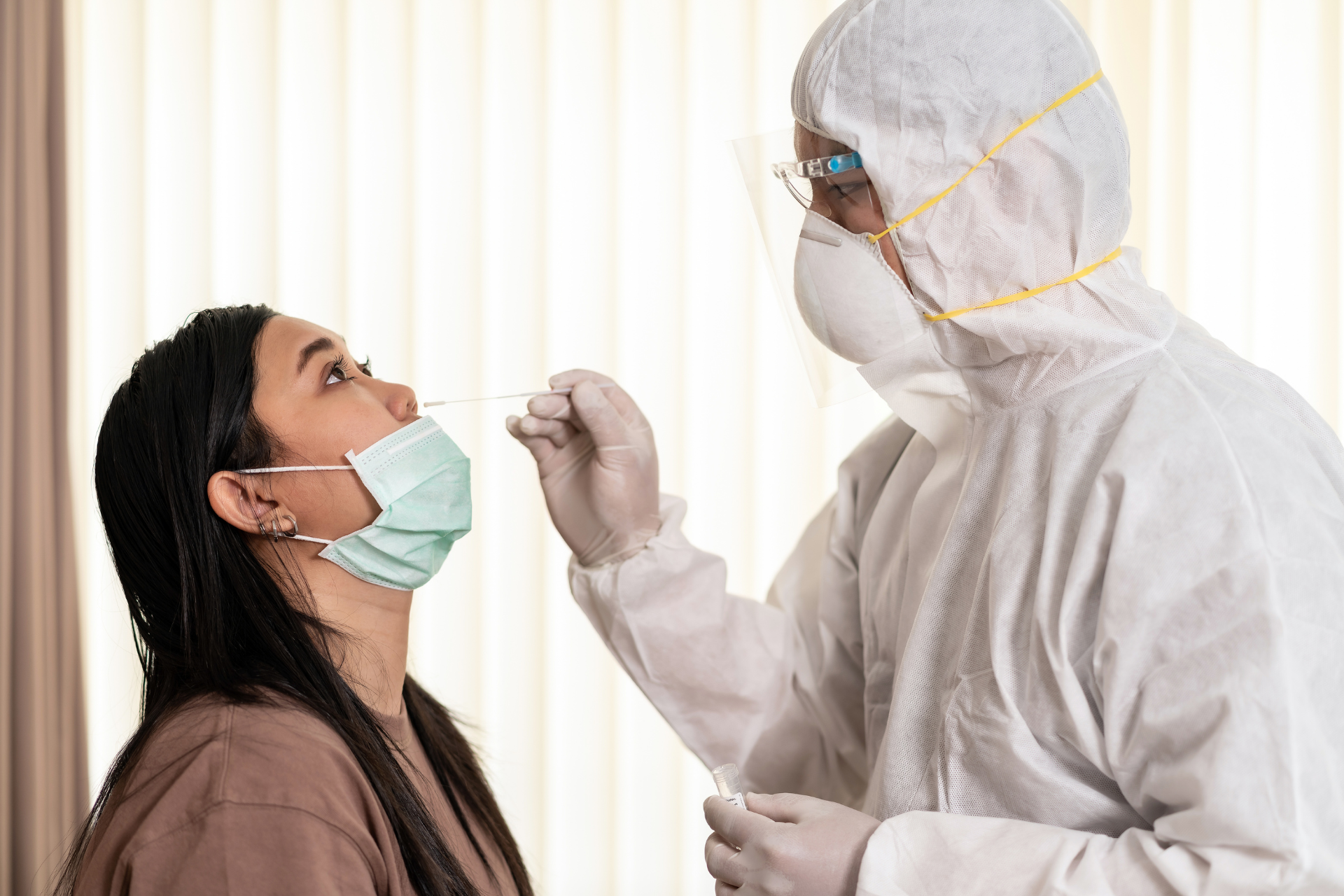
What other precautions should you take?
People at high risk of severe illness from COVID-19 may want to take additional steps to protect themselves against infection. If you’re worried about COVID-19, experts recommend the following precautions:
- Wear a high-quality, well-fitting mask in crowded indoor areas including public transportation, airports, and concerts
- Avoid large crowds
- Choose outdoor dining and activities over indoor spaces
- Make sure rooms in your house, workspace, or school have good airflow
- Take a rapid test if you experience any symptoms and before visiting friends or family who are at high risk of developing complications
During this time, it’s also important to continue taking care of yourself and your diabetes.
“COVID-19 made us all realize how vulnerable we can be,” said Peters. “It is why all the good healthy behaviors we promote – healthy diet, exercise, and treating health conditions like diabetes and hypertension – matter so much. There is a lot we can do to be healthy, even with COVID-19.”
Healthy Bites



